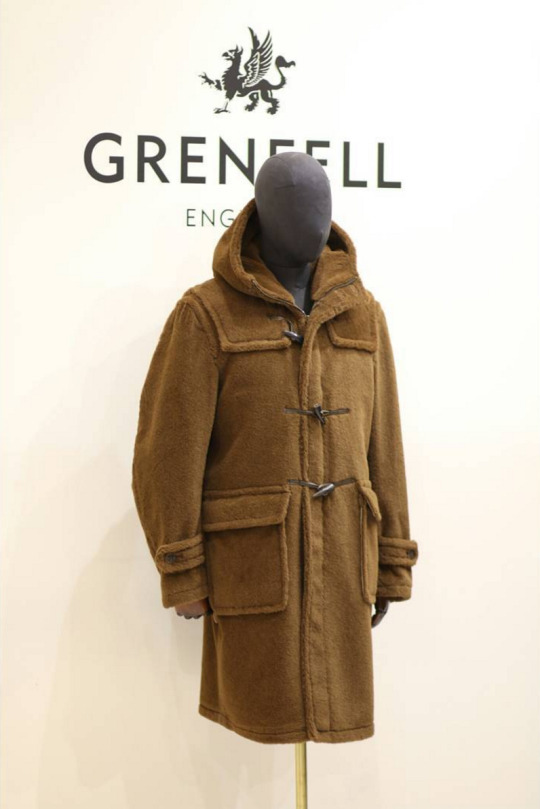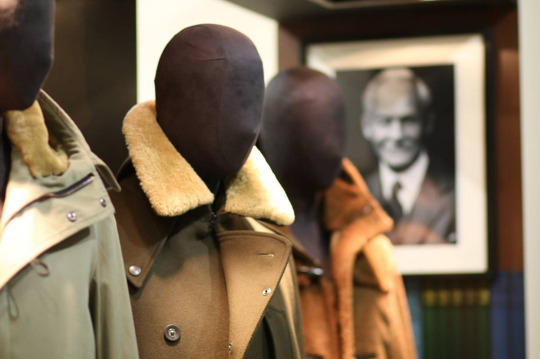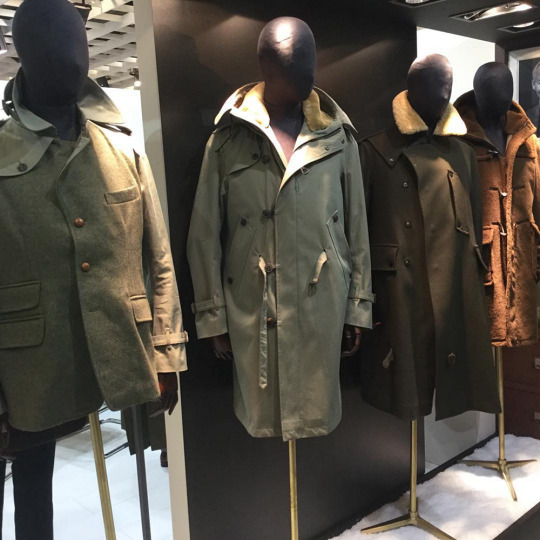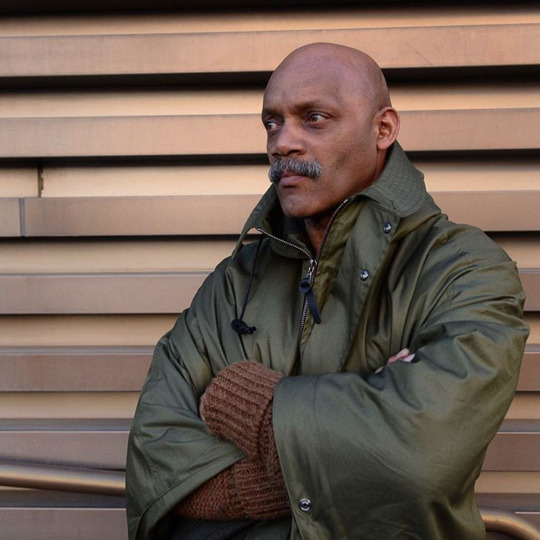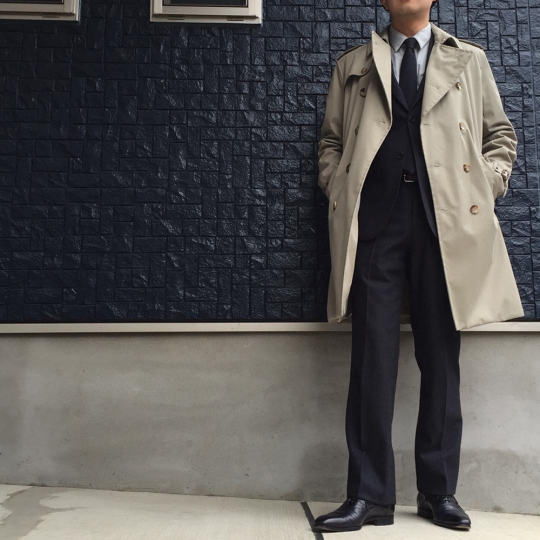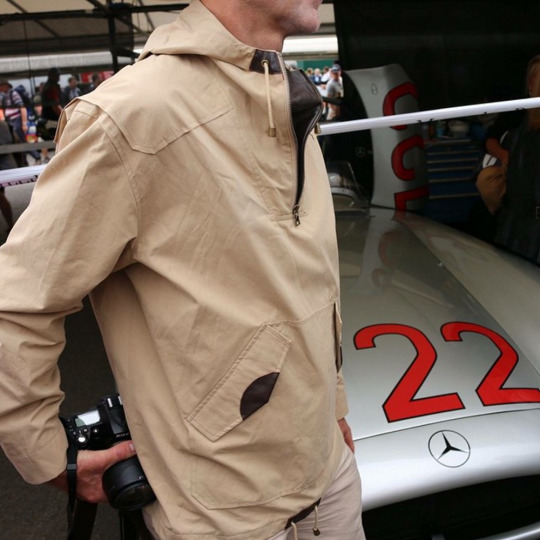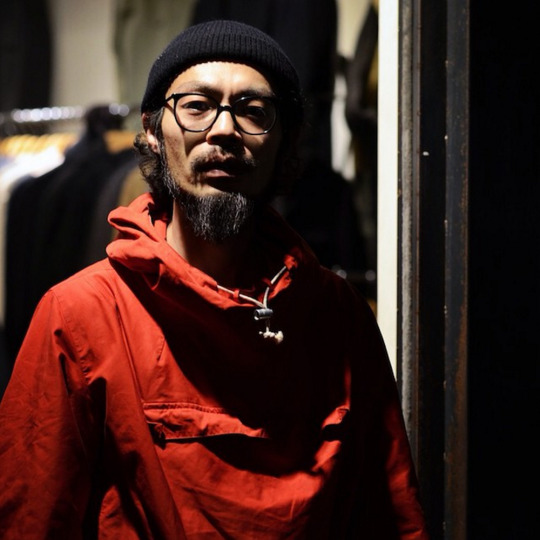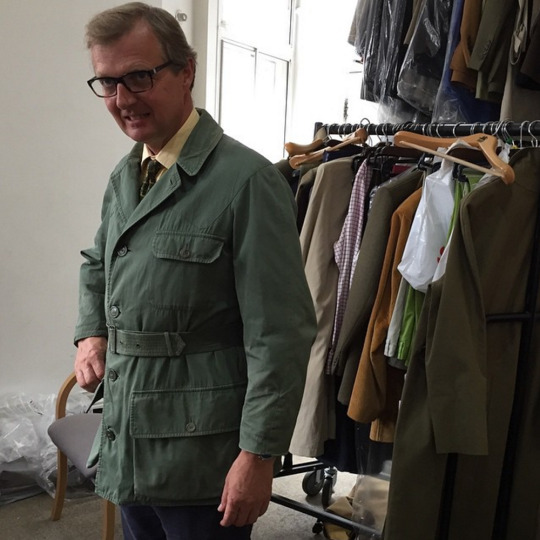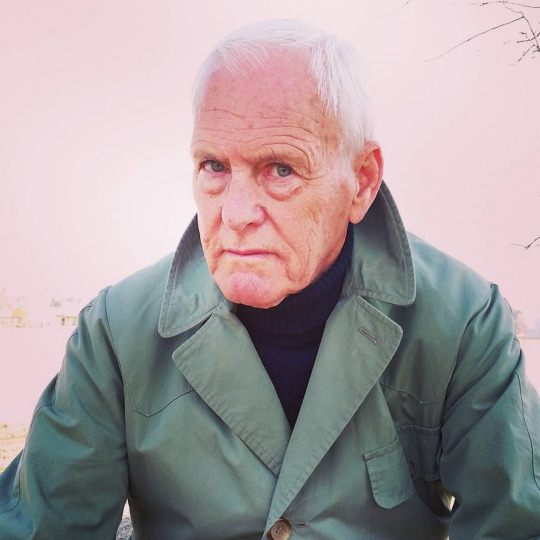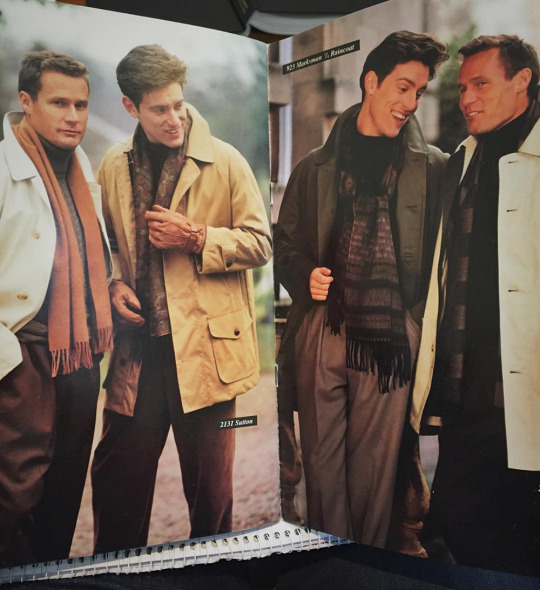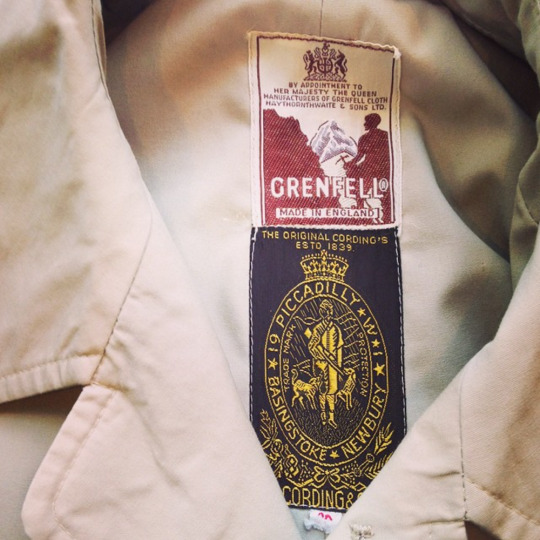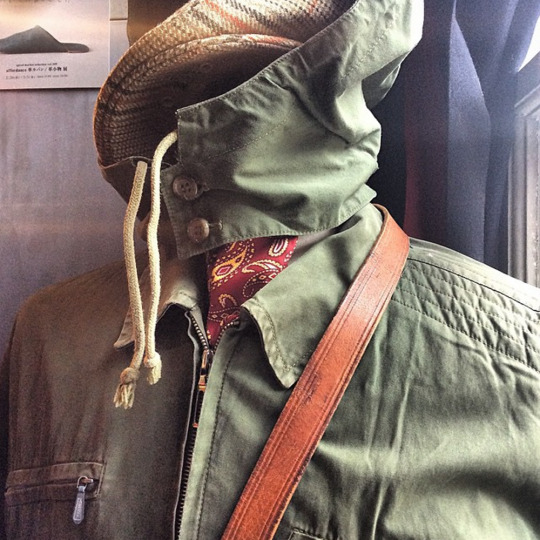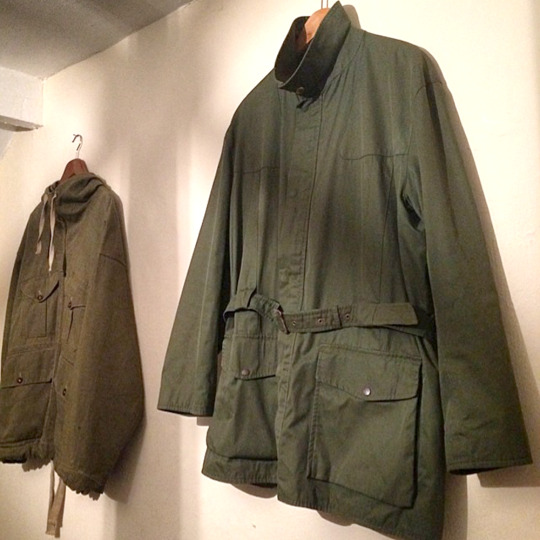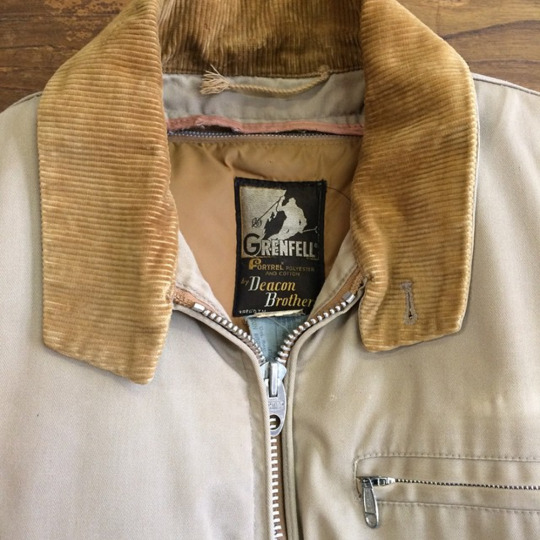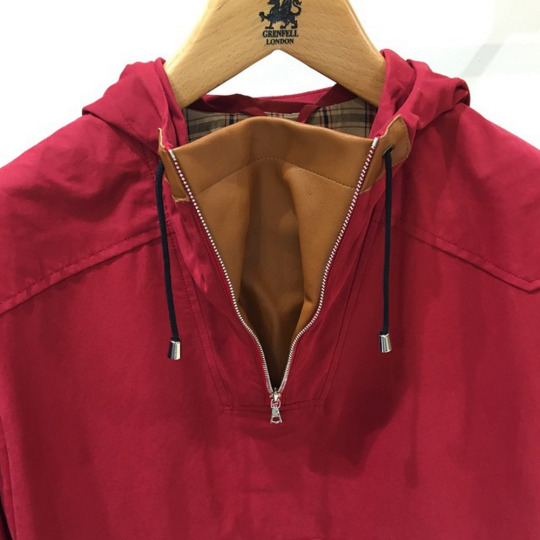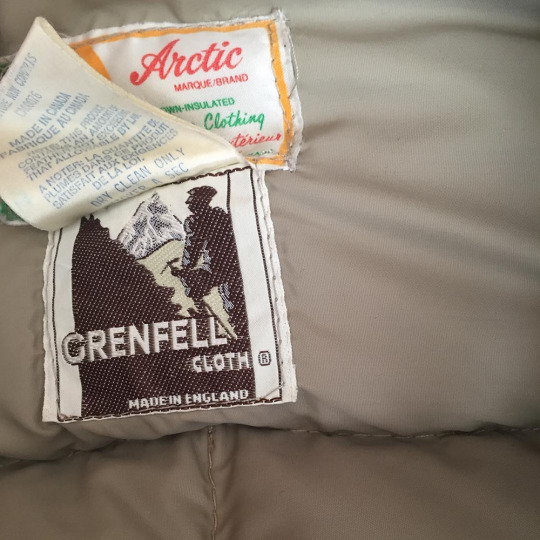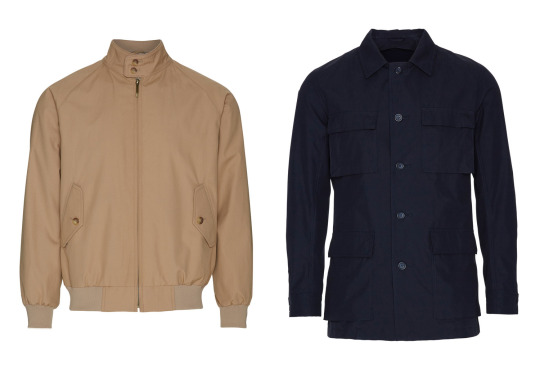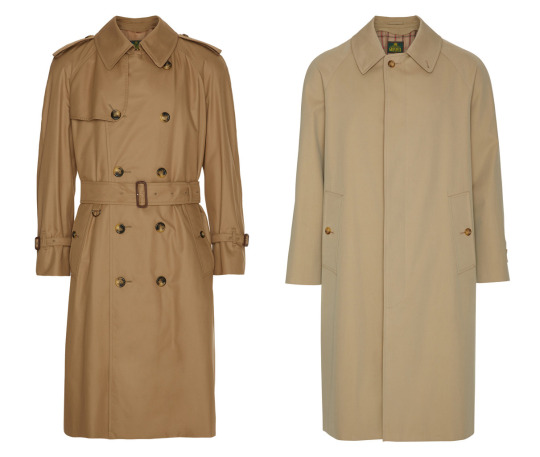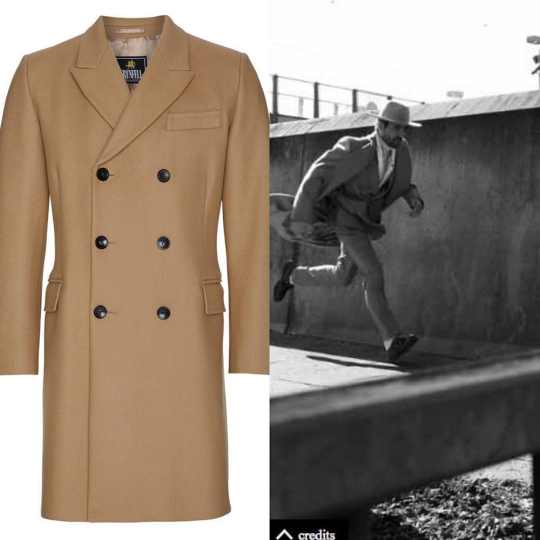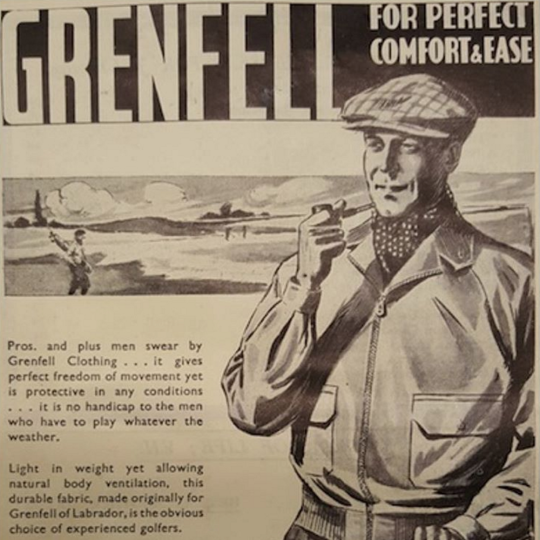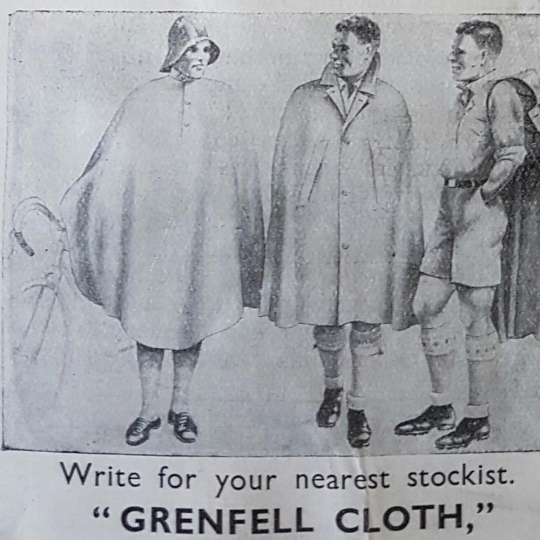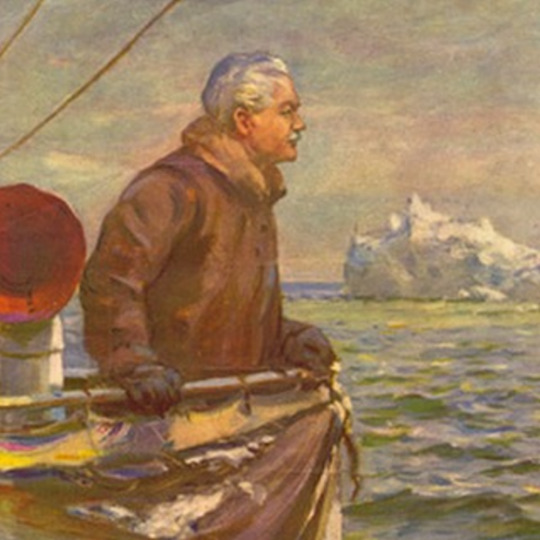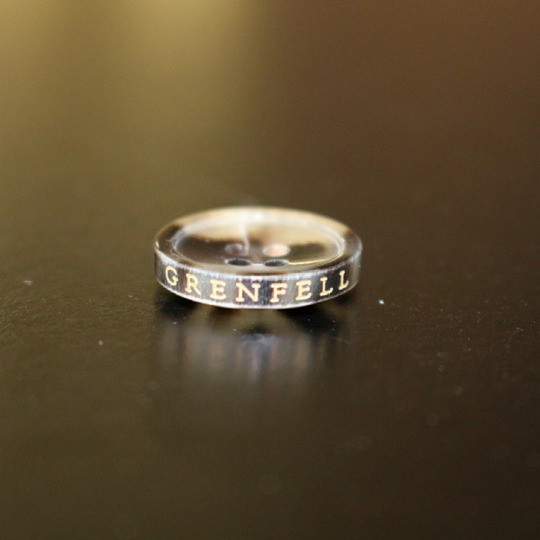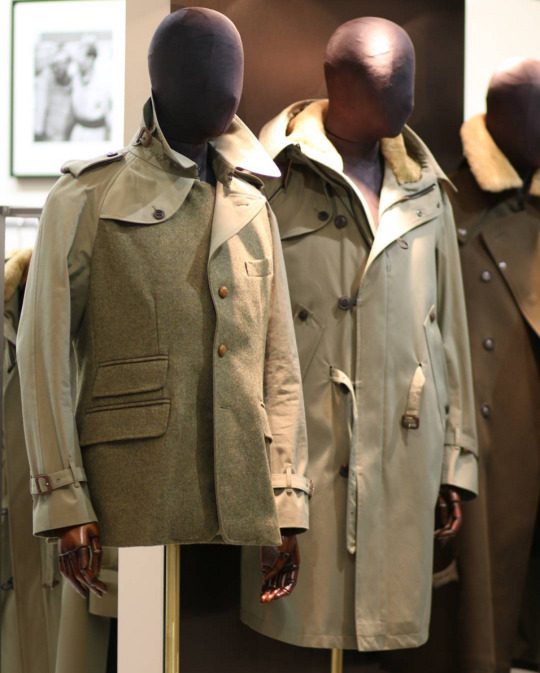
For a guy who has never explored anything but his fridge, I have a strange fascination with British adventure wear. You know the stuff – waxed hunting coats, mountaineering anoraks, belted storm parkas. They’re the kind of things that inspire designers such as Nigel Cabourn and Daiki Suzuki, and form the bedrock on which a lot of traditional outerwear is built.
One of the greatest names in this field is Grenfell, a label given to a specific kind of tightly woven, cotton gabardine. It actually started as a bespoke fabric for Sir Wilfred Grenfell, a medical missionary who famously worked in some of the bleakest and most inhospitable parts of Canada’s Newfoundland and Labrador coast. Walter Haythornthwaite, who ran the mill T. Haythornthwaite & Sons, developed it after attending one of Sir Grenfell’s lectures. Lightweight and water resistant, it was originally designed to protect Sir Grenfell from the harsh Newfoundland environment, but was later marketed to the general public under the Grenfell name (with his permission, of course).
Throughout the 20th century, Grenfell cloth has been worn by sportsmen, adventurers, and pioneers. Malcolm Campbell used it for a racing suit when he broke records at Daytona Beach and Bonneville; Wilfred Grenfell used it for a cagoule when he pulled sleds to see patients; and David Attenborough used it for a walker jacket when he studied Rwandan gorillas. The cloth has even been used to keep mountaineers warm. F.S. Smythe slept in a Grenfell tent in 1933 when a snow blizzard drew him to his knees on Mount Everest. Pitched at 27,000 feet, the tent set a record at the time for being the highest point of man-made habitation.
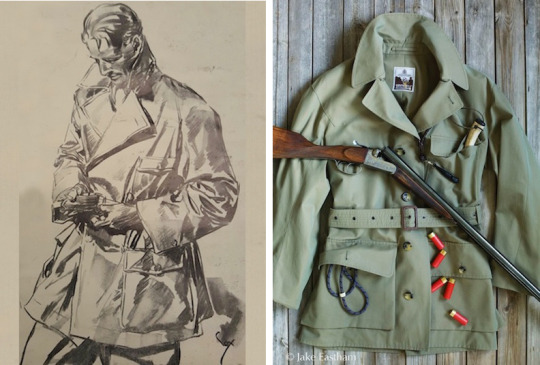
Sadly, the T. Haythornthwaite & Sons mill closed down in the 1980s and all that exists today is this lonely website run by the original family. The Grenfell name was later sold to a Japanese cashmere spinning company in 1992. Ten years later, a British company bought the name back and has started producing clothes again with the label. The clothes are made in-house in the UK, using British-made cloth (although obviously not by the original Haythornthwaite family), and can be found at traditional retailers such as Ben Silver, Boyds of Philadelphia, and The Andover Shop.
For the longest time, the new Grenfell company only offered traditional raincoats. In the last few years, however, they’ve gotten a little more adventurous with their designs, drawing on old Grenfell catalogs, as well as archival pieces the company used to do with Eddie Bauer and Abercrombie & Fitch (back when the company was aimed at sportsmen). See, for example, the shooting jacket above and teddy bear coat directly below. “Grenfell originally designed the Shooter in 1947,” says Gary Burnand, the company’s strategy director. “It’s a modified version of the trench coat – retaining the belt and reinforced shoulders, but made shorter for shooting and driving.”
Today, the company’s line is broken into two sections: classic and contemporary. The classic line is straightforward, while the contemporary one is a little more stylized and aimed at a younger market (although it still retains that original Grenfell spirit). Gary tells me that the current fabrics have been made to the original Grenfell specs, although some are PU-backed for added water protection. That’s great news for anyone who’s ever appreciated how well those old Grenfell coats aged.
Some of my favorite models: the classic English raincoat at Ben Silver, modified Shooter at Westley Richards (more pockets!), golfer jackets at Oi Polloi, and Stockwell parka at Grenfell’s own site. Oh, and all the stuff below, much of which is apparently slated for later this year.
All would be good, I imagine, for that adventurous trek I take to my office.
